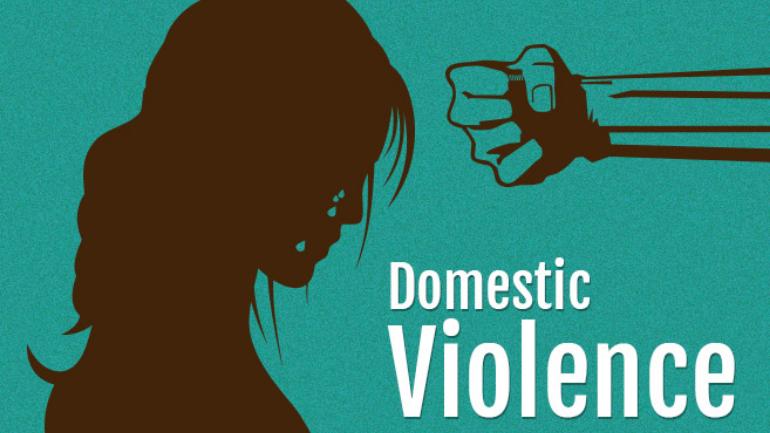November 6, 2023
The Protection of Women from Domestic Violence Act 2005: Safeguarding Women’s Rights

Introduction:
- The Protection of Women from Domestic Violence Act 2005, enacted by the Indian Parliament on September 13, 2005, stands as a crucial legal framework designed to ensure the safety and well-being of wives and female live-in partners. This legislation extends its reach across the entirety of India, addressing various forms of domestic violence, including physical, sexual, verbal, emotional, and economic abuse, as well as harassment stemming from dowry demands.
Coverage under the Act:
Definition of Domestic Violence:
- Under the DV Act, domestic violence encompasses both actual acts of abuse and the threat of such abuse. This includes a spectrum of abuses, ranging from physical and sexual to verbal, emotional, and economic maltreatment.
Eligible Individuals:
- The Act provides protection to a wide array of women, encompassing mothers, sisters, wives, widows, and live-in partners sharing a household. These relationships may arise from marriage, adoption, or cohabitation within a joint family structure.
Filing a Complaint:
- Any woman who has been subjected to an act of domestic violence, or any individual acting on her behalf, can file a complaint. Additionally, the Act recognizes the entitlement of children to relief under its provisions, allowing a mother to file on behalf of her minor child.
Limitations on Filing a Complaint:
- While the Act offers robust protections, it restricts female relatives of the husband or male partner from filing complaints against the wife or female partner.
Against Whom a Complaint Can Be Filed:
- The Act empowers women to file complaints against any adult male member with whom they share a domestic relationship, as well as relatives of the husband or male partner, including both male and female family members.
Available Remedies:
- Under the provisions of the law, women have the right to seek various forms of relief, including:
- Protection Order: Ensuring immediate safety from further harm.
- Residence Order: Granting the right to reside in the matrimonial house.
- Monetary Orders: Providing maintenance for the woman and her children.
- Temporary Custody of Children: Granting custody for a specified period.
- Compensation Order: Addressing damages suffered.
- It’s important to note that if the relief granted by the courts is violated, criminal action may be pursued against the respondent.
Protection Officers and Service Providers:
- Under the DV Act, the government has appointed Protection Officers and Service Providers to assist aggrieved women in navigating the legal process and obtaining relief. Protection Officers work closely with magistrates to offer legal aid and ensure court orders are enforced, while Service Providers, affiliated with Non-Governmental Organizations, offer a range of support services, including shelter, counseling, medical assistance, vocational training, and legal advocacy.
Conclusion:
- The Protection of Women from Domestic Violence Act 2005 represents a significant milestone in safeguarding the rights and well-being of women facing domestic abuse. Through its comprehensive provisions and the dedication of Protection Officers and Service Providers, it stands as a critical tool in ensuring justice and relief for victims of domestic violence. This legislation serves as a beacon of hope for those seeking protection and redress in the face of adversity.
Gist of daily Article /The Hindu 17oct 2025
October 17, 2025
Daily Gist of the Hindu/Indian Express : 16 Oct 2025
October 16, 2025
Daily Gist of The Hindu/Indian Express: 6 Oct 2025
October 6, 2025
Daily Gist of Article /The Hindu /Indian Express: 24 Sep 2025
September 24, 2025
